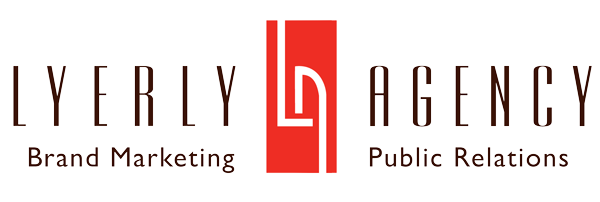As posted in The Gaston Gazette:
(11/2/14) BELMONT, N.C. – Brand standardization sometimes gets a bad rap. Some people think the process boring and bland. When done well, however, standardizing your brand can be invigorating. Revamping your logo, crafting your message and figuring out how best to communicate it to the world is an act of empowerment and a great way to stay on top of changing trends.
But just like many things that are important, brand standardization takes time and energy. So why go through the process?
Let’s look at a few of the reasons why brand standardization and evolution are such an integral part of an effective marketing strategy:
- It sends a consistent message. Take a quick look at the history of a company like Coca-Cola and you might think they have a problem with brand standardization: Since the company’s inception in 1886 and its first slogan (“Drink Coca-Cola”), the soft drink has had dozens of different slogans. But what the company really illustrates is the value of regularly rebranding and standardizing that brand. Each time the company debuts a new slogan or new variation on its logo, they reissue ads to newspapers, magazines, television and the Internet and post new billboards, all to reinforce the company’s new message and vision. Pricey? Yes, but worth it. According to the company’s literature on its history, Coke is known as one of the “most-admired and best-known trademarks in the world.” While your company doesn’t have to rebrand frequently, following this company’s consistent approach to brand standardization is a wise move.
- It maintains your company’s visual integrity. Like Coke, The Walt Disney Company is an iconic brand that is easily identified by its slogan and logo, both of which have gone through the rebranding process multiple times. In Disney’s case, what is consistent about the logo is its stylized representation of Walt Disney’s signature; other elements of the logo have changed, but the signature has always stayed the same. That element of brand consistency gives the company’s visual presence a kind of cultural currency and sense of stability. It tells customers that the company, like the world around it, will adapt and change, but that it won’t lose what is at its heart, which is the founder’s desire to instill in its customers a sense of wonder and delight in the power of animation. The standardization of this signature as part of the logo across all of the company’s products – from its media networks to its studios to its parks and resorts – gives customers a touchstone. Consumers know they can have confidence that each of these products offers an experience consistent with the company’s – and the founder’s – vision. Your business can only benefit by following this approach.
- It reinforces your company’s professionalism. What would happen if you logged into your Google account, and when you switched from Google Drive to Gmail, you not only saw a different logo, but different colors, different fonts, or even a different slogan for the company? Chances are you’d think you were visiting a phishing website, one that wasn’t really part of Google, but masquerading as such. That’s because our culture has ingrained in us an expectancy for brand consistency across all products and platforms, and for good reason: Consistency is a sign of the company’s trustworthiness and professionalism. A big part of earning your customer’s trust is making sure that your company’s visual, verbal and written messaging is consistent across the board. That kind of coordination takes some planning and some work, but it pays off when customers recognize that work as an emblem of a true professional.
- It ensures others will use your brand the correct way. As a business owner, there’s little worse than seeing your logo or tagline reproduced on a poster or a brochure and realizing that something has gone terribly wrong. Perhaps the logo is too small, or the font incorrect, or the coloring off. Because we’ve already established how important your brand is to your public image, it’s imperative to make sure that any time you hand elements of your branding over to someone else for reproduction purposes that they are done to your specifications. One of the most important results of the brand standardization process is the creation of a brand standards guide. This manual will establish specific guidelines for exactly how to use your logo and tagline, from an approved color palette to typography to size requirements. And it’s absolutely worth the peace of mind that comes with knowing all of the hard work you’ve put into standardizing your brand will be respected when you hand your messaging over to someone else.
- It keeps your employees engaged and your customers happy. One final reason why brand standardization is so important is often overlooked: It can be a great opportunity to educate your employees, remind them about your business’ overall vision and goals, and help them feel invested again in where they work. And how does that affect your customers? Since your employees are on the front lines interacting with those customers every day, having employees who are educated and dedicated is going to make those customers happy, and it will keep them coming back.
It’s clear that brand standardization is an important part of keeping your business’ marketing strategy current and relevant. It’s also a great way to help you stay calm when other areas of business ownership are trying. Consistency of message and vision and the public reputation it establishes can be exactly the port in the storm you’re looking for, a much-needed reminder of why you do what you do.
Lyerly Agency’s President and CEO Elaine Lyerly and Executive Vice President and COO Melia Lyerly share their 35+ years of marketing, advertising, public relations and brand strategy experience with readers each month in a column published by The Gaston Gazette.
